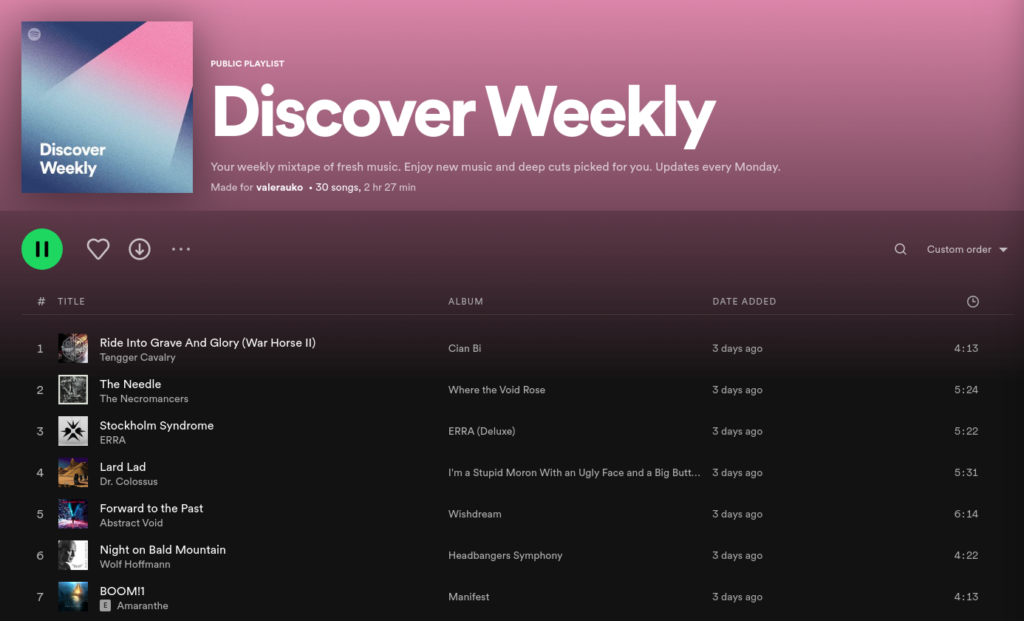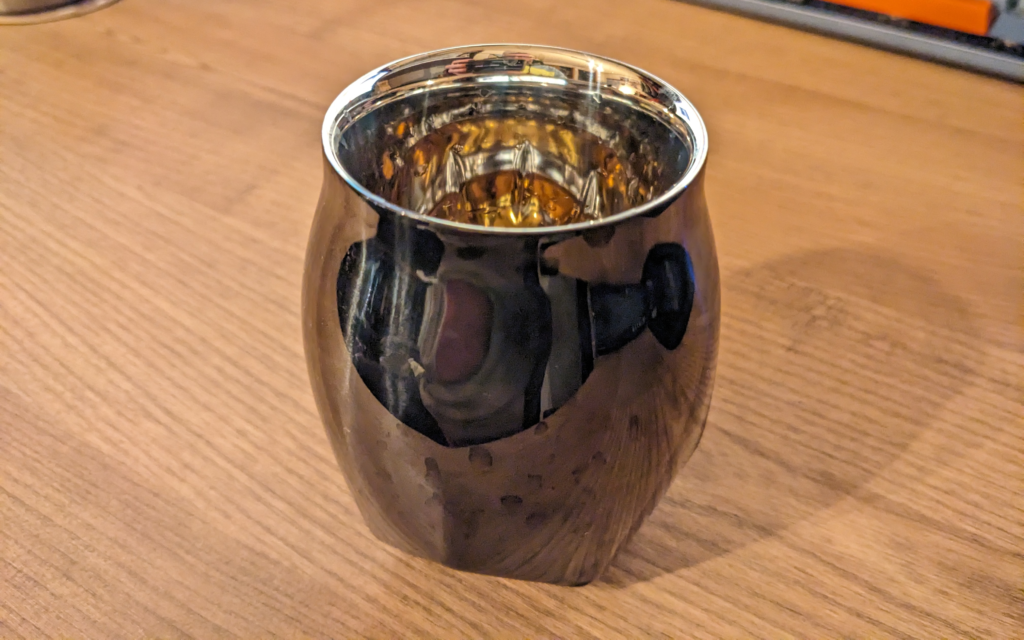I was looking at Reol’s tour dates when I found a surprising entry: the Arabaki Rock Festival, end of April. It was surprising because fests like that are usually in the middle of summer (see Summer Sonic or Rock in Japan) and this one, well, definitely isn’t. At first I wasn’t all that interested, since it’s held near Sendai which is quite a distance from Tokyo to go for a Reol show, but then I looked at the lineup and changed my mind.








